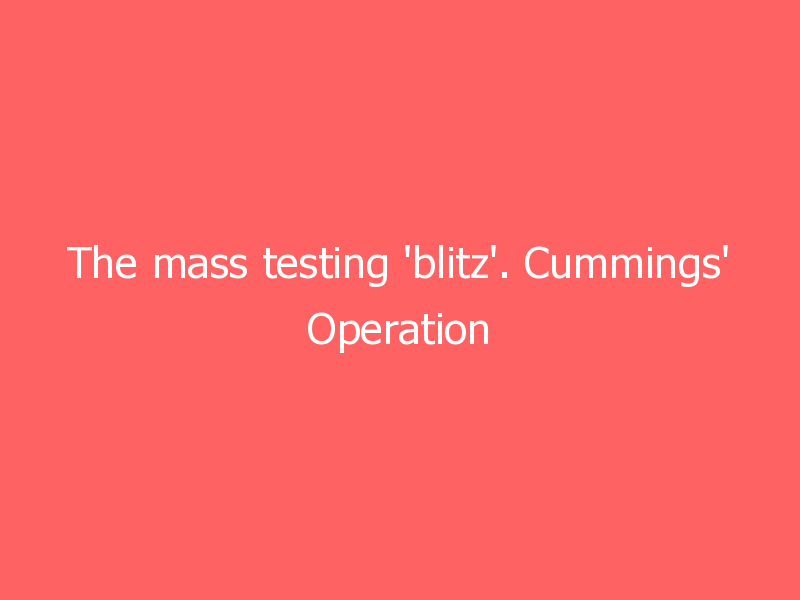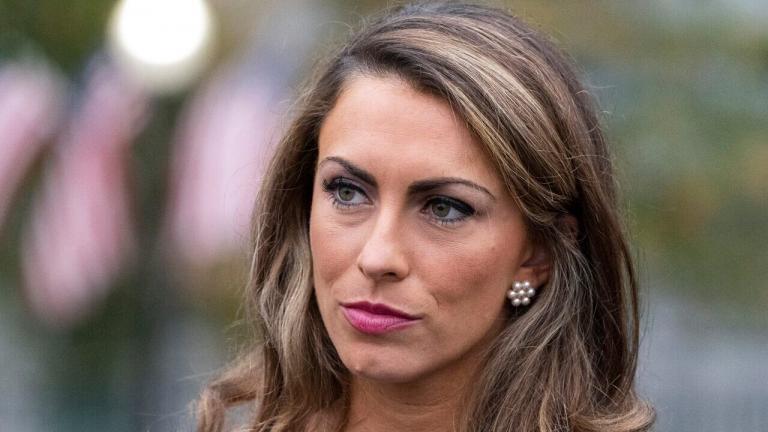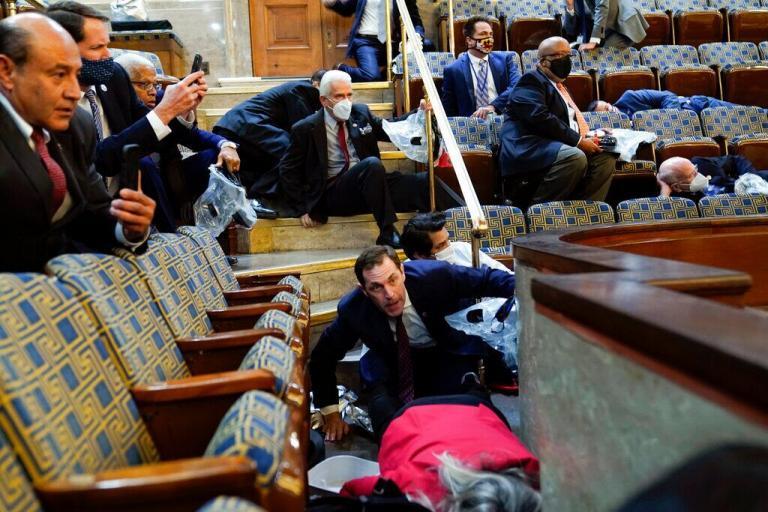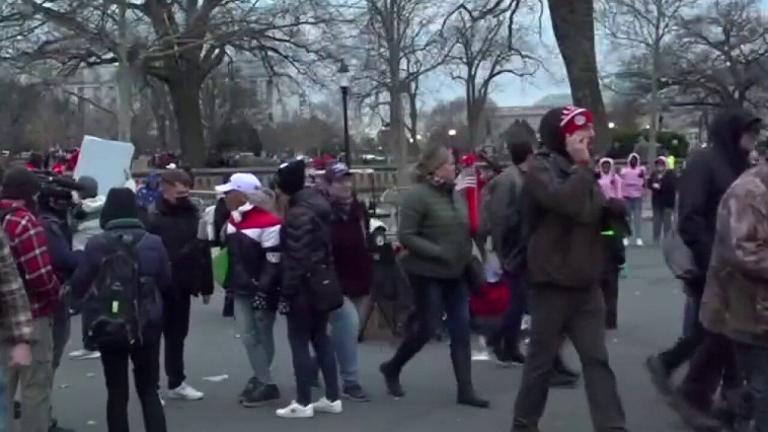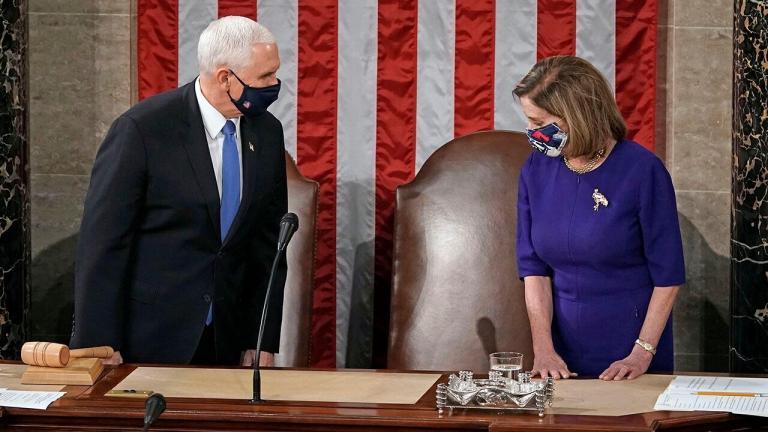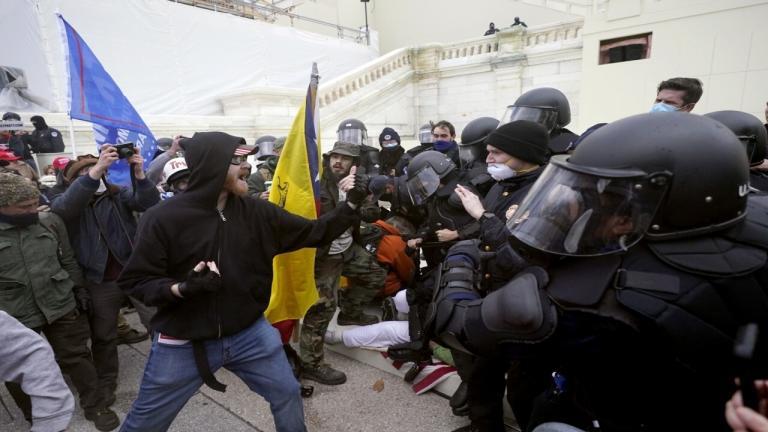
Before his dramatic departure from Downing Street, Dominic Cummings had taken the lead on one of the Government’s most ambitious strategies to manage the Coronavirus pandemic; the “Operation Moonshot” mass-swabbing project.
This was the Government’s “game-changer” in the Coronavirus wars – particularly at a time when there was uncertainty over whether a vaccine would be discovered, and growing concerns about the ability of NHS Test and Trace as “Plan B” in pandemic strategy.
Mass testing is designed to tell people if they have Coronavirus within 30 minutes (as lateral flow tests – used for this purpose – do not need lab processing), so that they can isolate speedily. Over the last few months, the Government has piloted mass testing in Liverpool and, more recently, parts of the country where the “South African” and “Kent” variants have been detected.
Along the way, the system has received huge criticism for being “extortionate” and even destined to “fail miserably”. “How the UK spent GBP800m on controversial Covid tests for Dominic Cummings scheme“, reads one article, which raises concerns around his work behind the scenes, where he had also been developing an Advanced Research Projects Agency (more about that here). Others criticise the efficacy of mass testing, which one study found to have missed 50 per cent of cases.
The point of mass testing is in the name, though – it monitors transmission of the virus at a large scale. To be more specific, it picks up lots of asymptomatic cases. It’s not perfect but quickly means infected people can go into isolation.
The Government and its advisors clearly see huge merit in this approach, and are planning a “mass testing blitz” to ease the current lockdown restrictions. As part of a campaign that’s provisionally titled “Are you ready? Get testing. Go”, NHS Test and Trace plans to send out more than 400,000 rapid lateral flow tests to workplaces and homes per day.
It’s reported that this will be tailored to the staged reopening of the economy, with schools starting again on March 8; universities and further education in late April; and hospitality, leisure and sports in early May (depending on whether Coronavirus rates are low enough).
There is also discussion around whether large and small businesses can be given lateral flow tests between April and May, as well as proposals for music festivals, sports events and arena gigs. Indeed, at Monday’s Downing Street press briefing, Boris Johnson said that mass testing could be used as a possibility for getting theatres and nightclubs open again.
Mass testing will face some public resistance, particularly after the progress that’s been made on vaccine passports. There are concerns about how these could impact on civil liberties, and questions about why we need even more health monitoring by the state.
People may also be wondering why, if there’s a vaccine, the Government is still investing so much time and money in mass testing.
But clearly the Government needs a multi-faceted approach to the pandemic – bearing in mind how unpredictable elements of it have been, with the rise of new variants that could, on a depressing note, eventually bypass the vaccine.
Mass testing is also designed to work alongside contact tracing which has been found to have a limited effect on the R rate.
Although all of these processes have had enormous scrutiny, and – yes – incredibly expensive, the problem is not necessarily the tools themselves – but that the Government has had to create highly complex infrastructure in the middle of a pandemic (the messiest, most resource-intensive way to do things). Thus stories around mass testing and contact tracing are mostly about hiccups in each system, rather than their future potential.
Mass testing’s best days may be yet to come. It’s uncertain. But with Cummings reportedly spending his notice period working on this programme, it’s clear his influence in Downing Street lives on.
Originally found on Conservative Home Read More

